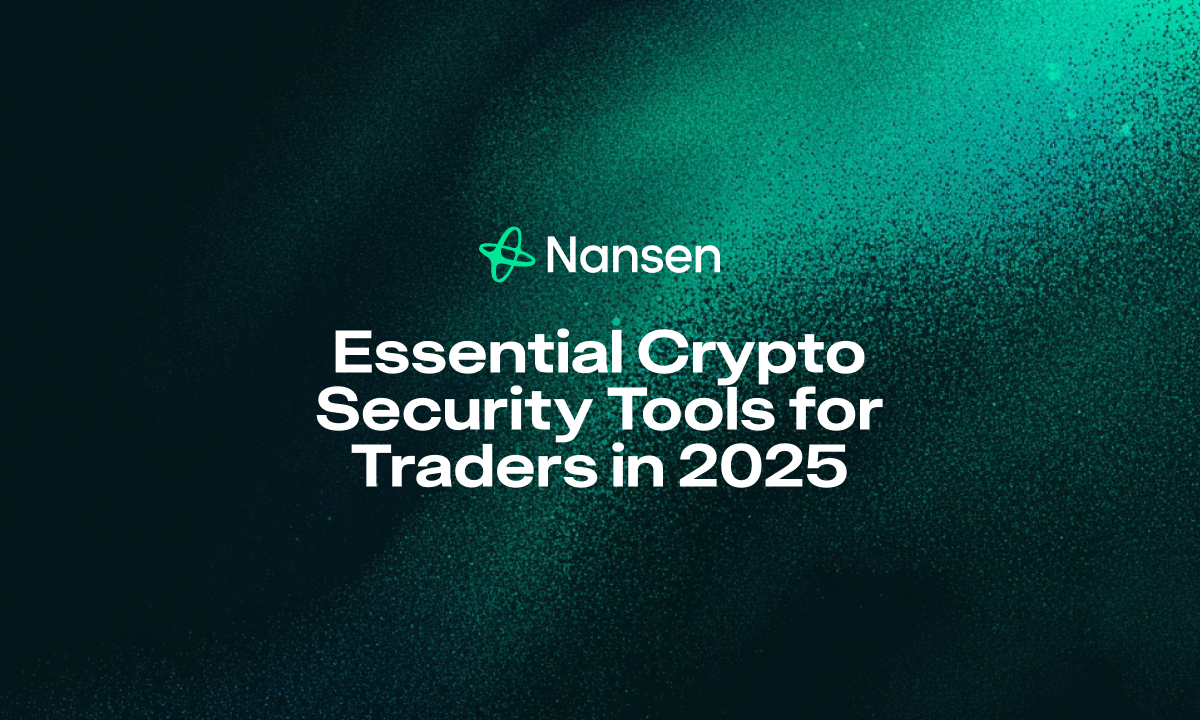In the fast-evolving crypto landscape of 2025, safeguarding digital assets has never been more critical. Crypto traders face rising threats from cyberattacks, phishing schemes, and smart contract vulnerabilities. To stay protected, traders must adopt a multi-layered security approach combining hardware devices, advanced software solutions, and vigilant monitoring tools. Key essentials include hardware wallets, multi-signature wallets, secure software wallets, anti-phishing solutions, and comprehensive onchain analytics platforms. Implementing these tools ensures traders can confidently navigate volatile markets without compromising their assets.
Maximizing Wallet Security: The Foundation of Crypto Protection
Protecting private keys remains the cornerstone of crypto security. In 2025, leveraging a blend of cold and hot storage solutions enhanced with multi-signature technology is vital for traders managing significant capital.
Hardware Wallets (Cold Storage)
Hardware wallets physically store private keys offline, shielding them from online threats like malware and phishing attacks. They offer the highest security level and are ideal for safeguarding the bulk of your portfolio.
- Function: Isolate private keys from internet-connected environments.
- Benefit: Offers maximal protection against remote hacking attempts.
- Usage: Best suited for long-term holdings and securing substantial trading assets through offline transaction signing.
Multi-Signature (Multisig) Wallets for Enhanced Security
Multisig wallets mandate multiple private keys to authorize transactions, closing single points of failure vulnerabilities. This approach is indispensable for shared fund management or bolstering personal account safety.
- Function: Require a predefined threshold of approvals (e.g., 2 out of 3 keys) to execute transactions.
- Benefit: Blocks unauthorized transfers even if one key is compromised.
- Usage: Highly recommended for traders handling large funds or operating in teams.
Secure Non-Custodial Software Wallets for Active Trading
While hardware wallets secure assets offline, secure non-custodial software wallets provide convenient access to decentralized finance (DeFi) protocols and exchanges without relinquishing control of private keys.
- Function: Enable direct integration with dApps while maintaining user key ownership.
- Benefit: Combine trading convenience with robust security, unlike custodial wallets on exchanges.
- Usage: Ideal for active trading of smaller amounts; ensure strong passwords and two-factor authentication (2FA).
Protecting Transactions and Exchange Interactions
Wallet security is just one layer; safeguarding transactions and interactions with exchanges and protocols is equally crucial.
Decentralized Exchange (DEX) Protection Tools
As decentralized trading expands, tools offering pre-transaction simulations, token approval management, and real-time threat detection become essential to mitigate risks of malicious contracts and rug pulls.
- Function: Analyze smart contract calls before execution and alert for suspicious permissions.
- Benefit: Prevents accidental token loss caused by unauthorized approvals or scam contracts.
- Usage: Use browser extensions that identify risky contracts and regularly revoke unnecessary token permissions.
Anti-Phishing Browser Extensions and Email Filters
Phishing remains a primary threat vector. Specialized browser extensions and email filters identify and block fraudulent sites and communications designed to steal credentials or keys.
- Function: Detect fraudulent URLs and verify legitimate crypto service domains.
- Benefit: Shields traders from mistaking fake websites for authentic platforms.
- Usage: Install reputable security plugins tailored for crypto users and practice caution with email links.
Two-Factor Authentication (2FA) and Passkeys
Capitalizing on strong multi-factor authentication is non-negotiable for all crypto-related services to prevent unauthorized access. Passkeys offer advanced phishing-resistant authentication alternatives.
- Function: Adds additional verification via code generators, hardware keys, or biometric devices.
- Benefit: Significantly reduces risk from compromised passwords.
- Usage: Enable 2FA on exchanges and wallets, prioritizing hardware-based 2FA or passkeys when possible.
Proactive Monitoring and Continuous Education: Staying Ahead of Threats
Staying secure requires constant vigilance and leveraging tools that provide real-time intelligence about onchain activities.
Onchain Analytics Platforms for Transparency
Onchain analytics offer vital insights into fund flows, identify suspicious wallets, and monitor smart contracts for anomalies. This intelligence enables traders to detect scams early and follow smart money movements.
- Function: Track large transactions, flag blacklisted addresses, analyze wallet behaviors.
- Benefit: Enhances due diligence and helps avoid interaction with fraudulent projects.
- Usage: Regularly monitor your wallet and assets using platforms like Nansen for timely alerts.
Security Audits and Smart Contract Scanners
Before engaging with new DeFi protocols or tokens, reviewing professional security audits and utilizing automated scanners minimize risks from contract vulnerabilities.
- Function: Identify code weaknesses and integrity issues in smart contracts.
- Benefit: Helps avoid funds loss from exploits or bugs.
- Usage: Confirm reputable audits are available or run contract scans before investing.
Personal Security Best Practices
Technology alone isn’t enough—maintaining strong personal security habits is vital to prevent social engineering and human error attacks.
- Function: Use strong, unique passwords, avoid public Wi-Fi for crypto transactions, and remain skeptical of unsolicited offers.
- Benefit: Strengthens overall security posture complementing technological defenses.
- Usage: Employ password managers, verify transaction details carefully, and stay educated on prevalent crypto scams.
Frequently Asked Questions
What is the single most important crypto security tool for traders?
A hardware wallet is the most critical tool, providing offline storage for private keys and protecting assets from malware and online breaches.
How often should I check my crypto wallet for suspicious activity?
Daily or before any major transaction is advised to quickly detect unauthorized movements and potential scams.
Are VPNs essential for safe crypto trading?
While not a direct security tool for asset protection, VPNs enhance privacy and secure your internet connection, especially over public Wi-Fi, making them highly recommended.
Conclusion: Take Charge of Your Crypto Security Now
Crypto trading in 2025 demands a comprehensive security strategy integrating hardware wallets, multi-signature solutions, transaction safeguards, vigilant monitoring, and disciplined personal practices. Leveraging advanced platforms like Nansen empowers traders with real-time onchain insights to defend against threats and confidently engage with the market.
Nansen is an industry-leading AI-powered onchain analytics platform trusted by millions of traders and investors. Featuring over 500 million wallet labels and managing billions in assets across blockchains, Nansen surfaces critical signals to guide safe trading decisions. Embrace these essential crypto security tools today to protect your assets and thrive in the dynamic crypto ecosystem.




